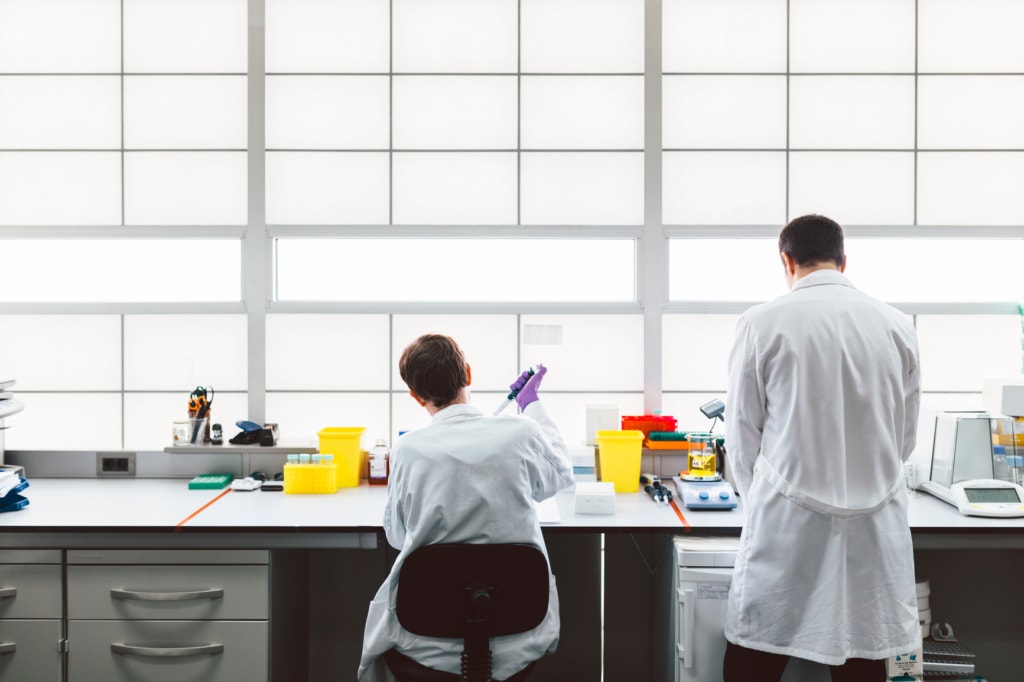The drug development lifecycle is a lengthy and meticulous process. While most people in the clinical research industry know what’s involved, those new to clinical trials or who aren’t in the sector may only have a general idea of what occurs. Since being informed works in everyone’s favor, it’s wise to understand precisely what the lifecycle of a drug involves.
In the simplest sense, in-depth research and rigorous testing are conducted to determine both safety and efficacy. However, how the work progresses is a bit more complex. Here is an overview of the entire process.
The Lifecycle of Drug Development
Discovery
The first stage in the development of a drug is discovery. Typically, this involves one of several events. It could be new information about a medical condition or disease or an emerging technology, giving researchers a different angle to pursue when developing treatments. In some cases, it’s an unanticipated effect of an existing treatment or beneficial findings relating to the study of molecular compounds.
When researchers find a point worth pursuing, initial clinical research begins. This often involves lab-based experiments involving the compound with potential, giving researchers insights into whether the compound is a candidate for further study.
Preclinical Testing
After the discovery phase, if the decision is made to pursue, it’s time for preclinical testing. Preclinical testing must be completed prior to conducting any human clinical trials. The goal is to determine the safety, such as toxicity of the compound. Preclinical trials can be conducted in human cells or animals. Good laboratory practices (GLP) must be followed during this phase, ensuring the study is conducted correctly and in line with regulations. As with human clinical trials, preclinical trials must follow the laws outline operating procedures, reporting requirements, and quality assurance oversight.
Clinical Research Phase I
During the first clinical research phase, a small number of human subjects participates in the research. Typically, the eligibility criteria for this test group vary depending on the purpose of the drug. It may involve 20 to 80 healthy individuals or people with the targeted condition or disease.
At this time, the main goal is to analyze safety of the drug in humans. A phase I study typically lasts just a couple of months. It will involve a lot of blood draws, close monitoring of the study participants and sometimes overnight stays in the clinic. This phase will provide researchers with valuable information regarding how the drug interacts with the body and track acute side effects to find a balance between benefits and risks.
Clinical Research Phase II
If a drug performs well during Phase I, it can advance to Phase II. During this stage – which may last up to two years – there may be 100 to 300 human subjects involved, each with the targeted condition or disease.
Phase II studies can also be called dose-ranging studies in which different dosages levels of the drug is studied. Phase II studies also collect efficacy data and, of course, safety data. The goal is to assess efficacy and safety as well as the appropriate dosage level in order to develop the Phase III program.
Clinical Research Phase III
Phase III studies confirm the drug’s effectiveness and safety. The data collected in phase III studies is an important part of the FDA submission requesting for approval. Phase III studies typically include a large number of participants, 1000 – 3000, with the condition or disease. These studies will collect long term safety data and may include a comparison to the standard to a similar marketed drug.
These studies need to show that the drug benefits those with the condition or disease while confirming there were undetected or low-occurrence side effects while used in subjects for long term.
FDA Review & Approval
After Phase III, researchers can file a new drug application (NDA) if there is sufficient evidence regarding drug efficacy and safety. The FDA reviews the provided information to determine if the company can bring the drug to market. If the drug is deemed safe and effective, it undergoes the FDA labeling review before officially hitting the market.
Clinical Research Phase IV
Also referred to as post-market drug research, Phase IV involves further monitoring to analyze a drug’s impact over time and on a broader population. Typically, there are several thousand human subjects, each with the condition or disease being treated. The goal is to further ensure safety and efficacy while the drug is being used as intended.
The average lifecycle of drug development from discovery to approval is about 12 years. Furthermore, only 10% of drugs from the preclinical phase become FDA approved. Ultimately, the goal is to have safe and effective drugs available. By following the drug lifecycle process and regulations, the risk is limited while creating opportunities to introduce new drugs to the market that can benefit those with various conditions or diseases.
As part of the medical research community, Vial aims to make critical information accessible. Follow us on LinkedIn to stay up-to-date on everything in the clinical trials industry.



